Painted Ladies and Their Colorful Rebellion: A Brief History
Painted Ladies and Their Colorful Rebellion: A Brief History

There’s something about a Painted Lady that stops people in their tracks. Maybe it’s the candy-colored paint, the delicate gingerbread trim, or the sense that you’re staring at a dollhouse dream brought to life. But beneath all the romanticism lies a story of rebellion, resilience, and revival. Painted Ladies—those famously colorful Victorian and Edwardian houses—are far more than just pretty faces. They are visual declarations of architectural pride, personal expression, and cultural pushback against urban dullness.
In this article, we’ll explore the origin of the Painted Lady phenomenon, the socio-cultural context that birthed it, and the movement’s legacy in American streetscapes. From San Francisco to St. Louis, these houses are not just eye candy—they are survivors of sweeping changes in taste, economy, and city planning.
What Exactly Is a Painted Lady?

The term “Painted Lady” was popularized by authors Elizabeth Pomada and Michael Larsen in their 1978 book Painted Ladies: San Francisco’s Resplendent Victorians. It refers to Victorian and Edwardian homes painted in three or more contrasting colors to accentuate their architectural details. The term has since expanded beyond San Francisco to describe similarly styled homes in cities across the country.
But even before the label caught on, the practice of using vibrant color to highlight ornamentation had roots in 19th-century architectural tradition. Victorian builders and homeowners were never shy about making a statement, and color was just one more tool in their expressive toolkit.
The Monochrome Years
The Painted Lady phenomenon didn’t emerge in a vacuum. By the early 20th century, the once-vibrant palette of Victorian homes had dulled—literally and figuratively. Changing tastes and a rise in industrialization led many homeowners to strip the color from their houses. White, beige, and gray became the dominant tones, part of a broader aesthetic shift toward modernism and restraint. Elaborate fretwork was removed or covered up. Whole neighborhoods fell into a kind of visual silence.
By the 1950s and ’60s, many Victorian homes had fallen into disrepair, especially in urban areas where white flight and economic decline took their toll. In San Francisco, for example, entire blocks of Italianate and Queen Anne homes were abandoned, slated for demolition, or converted into boarding houses.
The Rebellion Begins
The return of color began in the 1960s and ’70s when a handful of rebellious homeowners and artists in San Francisco’s Haight-Ashbury and Alamo Square neighborhoods began painting old Victorians in bold, nontraditional color schemes. The movement was a rejection of postwar conformity and an embrace of historic beauty, individuality, and whimsy.
These early adopters saw their homes not just as places to live, but as canvases. Their work turned heads—and sparked conversations. Soon, blocks once written off as blight became icons of charm and creativity.
Why They Matter
Painted Ladies are much more than decoration. They represent:
- Architectural education: The color contrast highlights brackets, spindles, dentils, and other details often overlooked in monochrome.
- Cultural expression: The act of choosing bold, sometimes clashing colors is a declaration of taste and autonomy.
- Historic preservation: Restoring a Painted Lady often means saving original siding, trim, and craftsmanship.
- Community revival: These homes frequently become landmarks that increase neighborhood pride and tourism.
Not Just a San Francisco Story
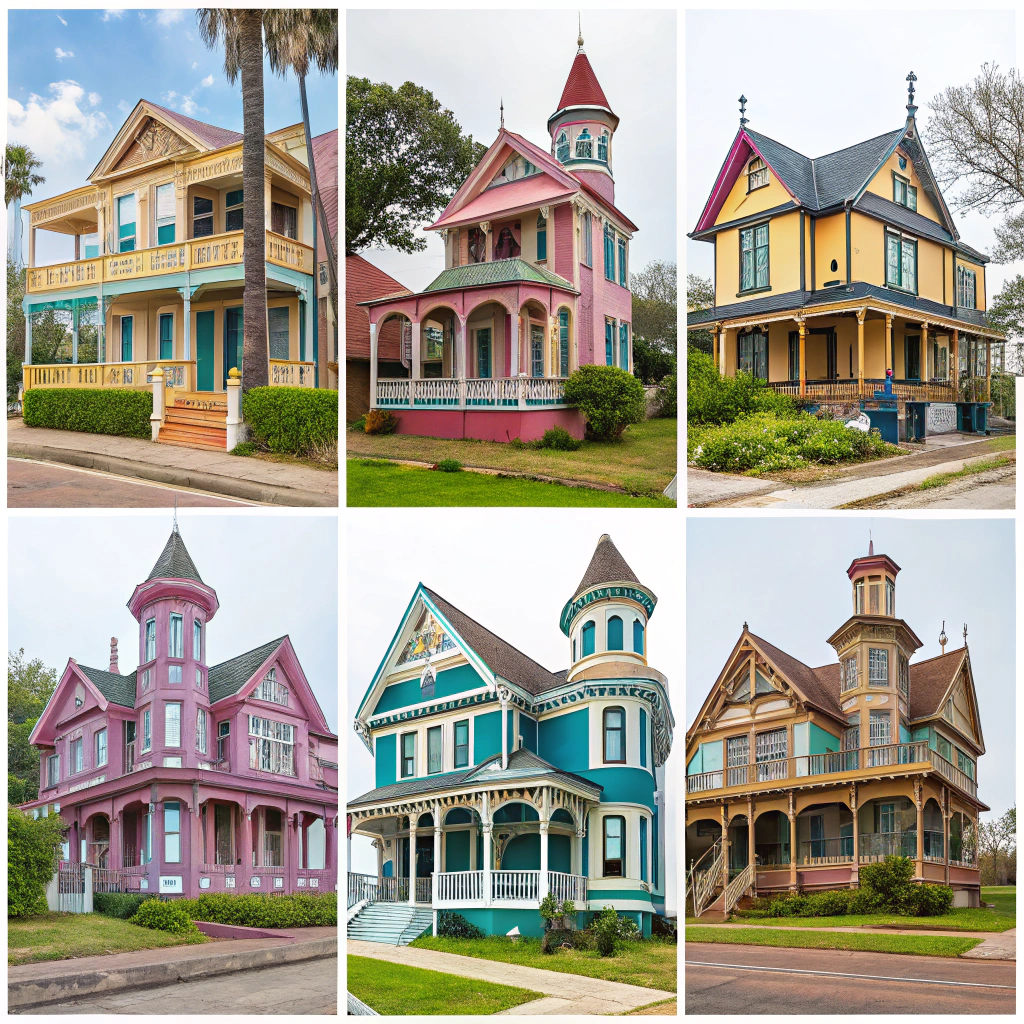
Though San Francisco may have coined the term, Painted Ladies can be found in cities and towns across the United States:
- Cape May, New Jersey: This Victorian seaside town is brimming with pastel gingerbread homes.
- St. Louis, Missouri: Lafayette Square boasts a row of beautifully restored Italianates and Second Empires.
- Cincinnati, Ohio: The East End and Over-the-Rhine neighborhoods are havens for multi-colored historic homes.
- Galveston, Texas: Known for its Gilded Age mansions and fearless color combinations.
- Oak Bluffs, Massachusetts: The whimsical cottages of Martha’s Vineyard’s Methodist Campground are Painted Ladies in spirit and palette.
Choosing the Right Palette
Restoring or repainting a Painted Lady is no small feat. Choosing the right colors means balancing historical accuracy with personal taste. Some homeowners consult old paint samples or use infrared analysis to determine the home’s original palette. Others embrace modern tones—teal, lavender, mustard yellow—that may not have existed in the 1880s but certainly capture the spirit of exuberance.
Many professionals follow the “Three-Color Rule,” which uses one shade for the body, one for the trim, and one for accents. But in true Painted Lady fashion, rules are made to be bent, and some homes boast as many as seven contrasting hues.
The Legacy Continues
Today, Painted Ladies continue to be cherished, Instagrammed, and sometimes even misunderstood. Some critics argue that bright palettes can verge on garishness, but defenders see them as living examples of artistry and risk-taking.
Preservation societies and historic commissions often play a role in helping maintain these homes’ integrity. In neighborhoods where gentrification threatens to erase architectural character, Painted Ladies stand as proud testaments to what once was—and what can still be.
In a world that too often turns to beige, the Painted Ladies remind us that history is never truly black and white. It’s blue, pink, gold, and mint green. It’s a riot of color shouting that the past is worth noticing.
Join the conversation and share your own Painted Lady photos or stories in our Facebook group! 👉 Old Home Lovers – Real Estate & Restoration
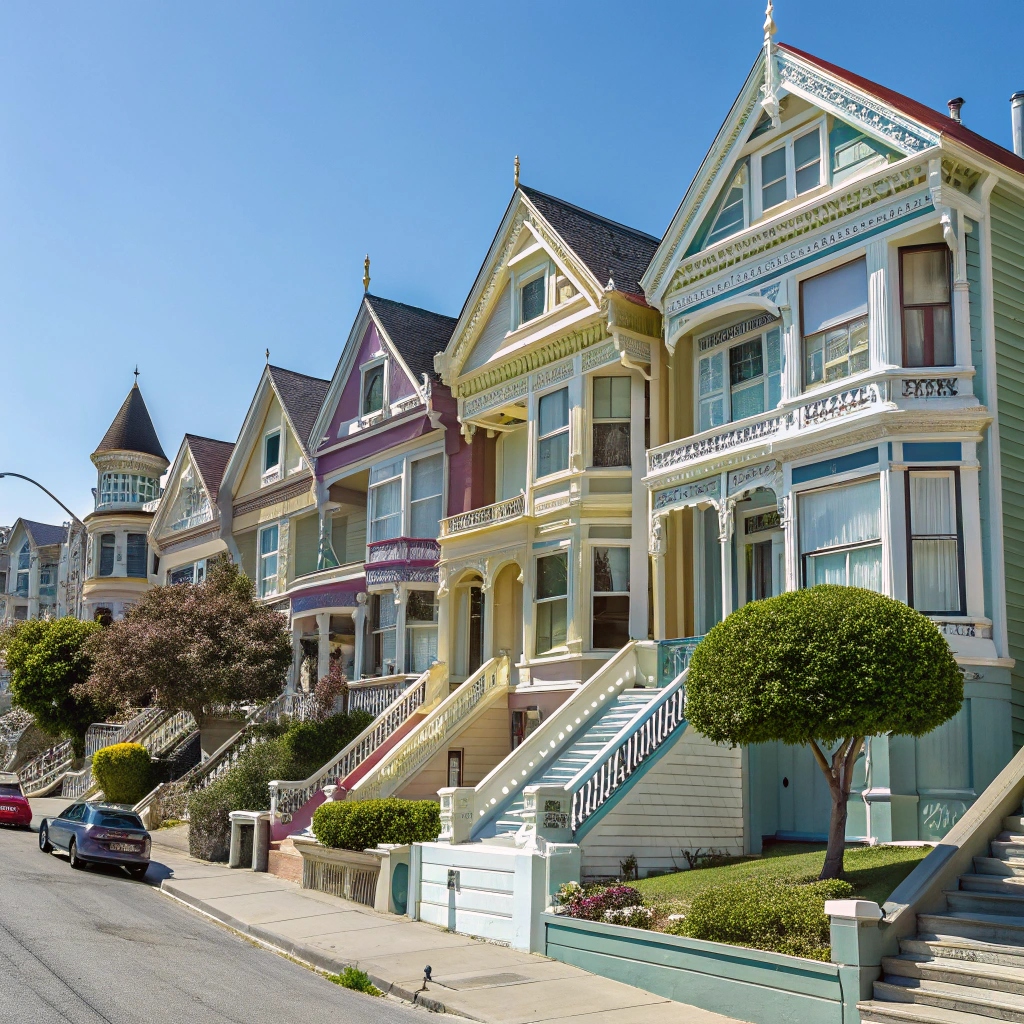


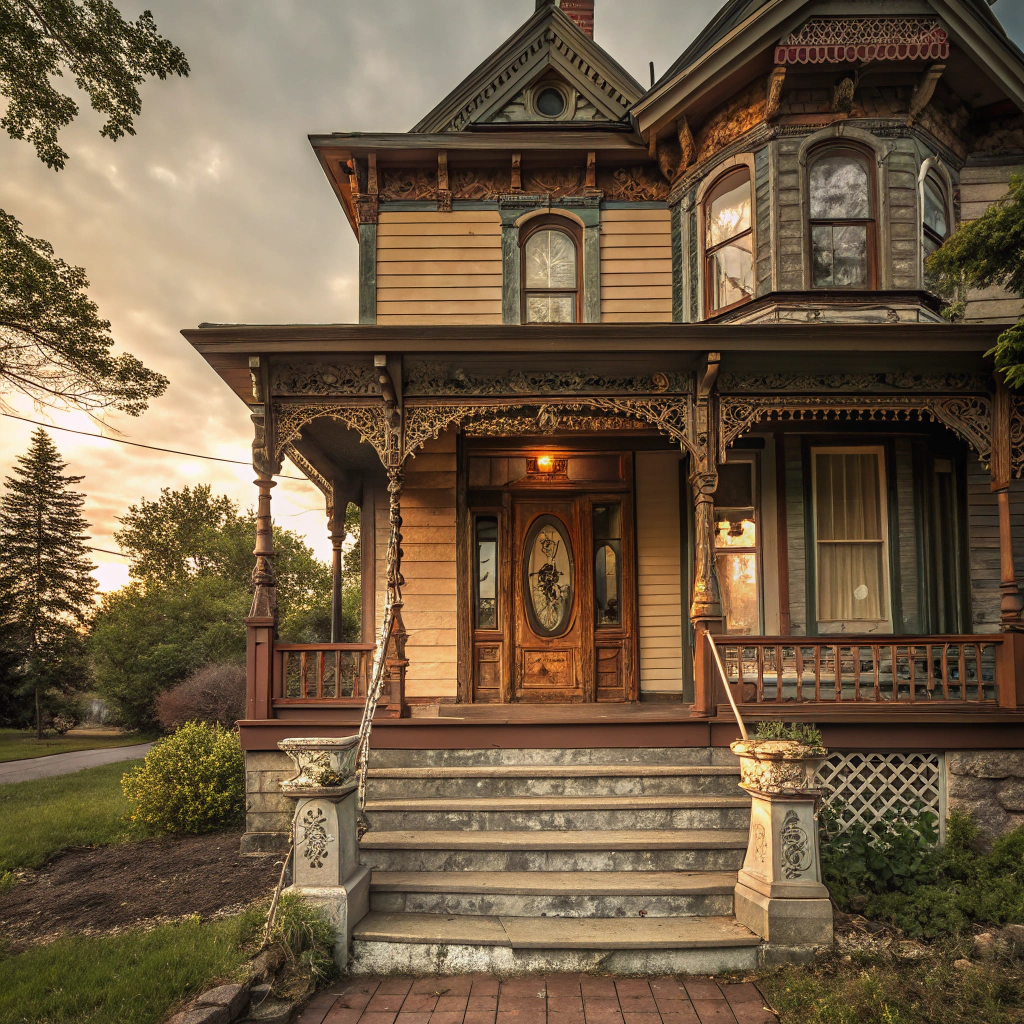
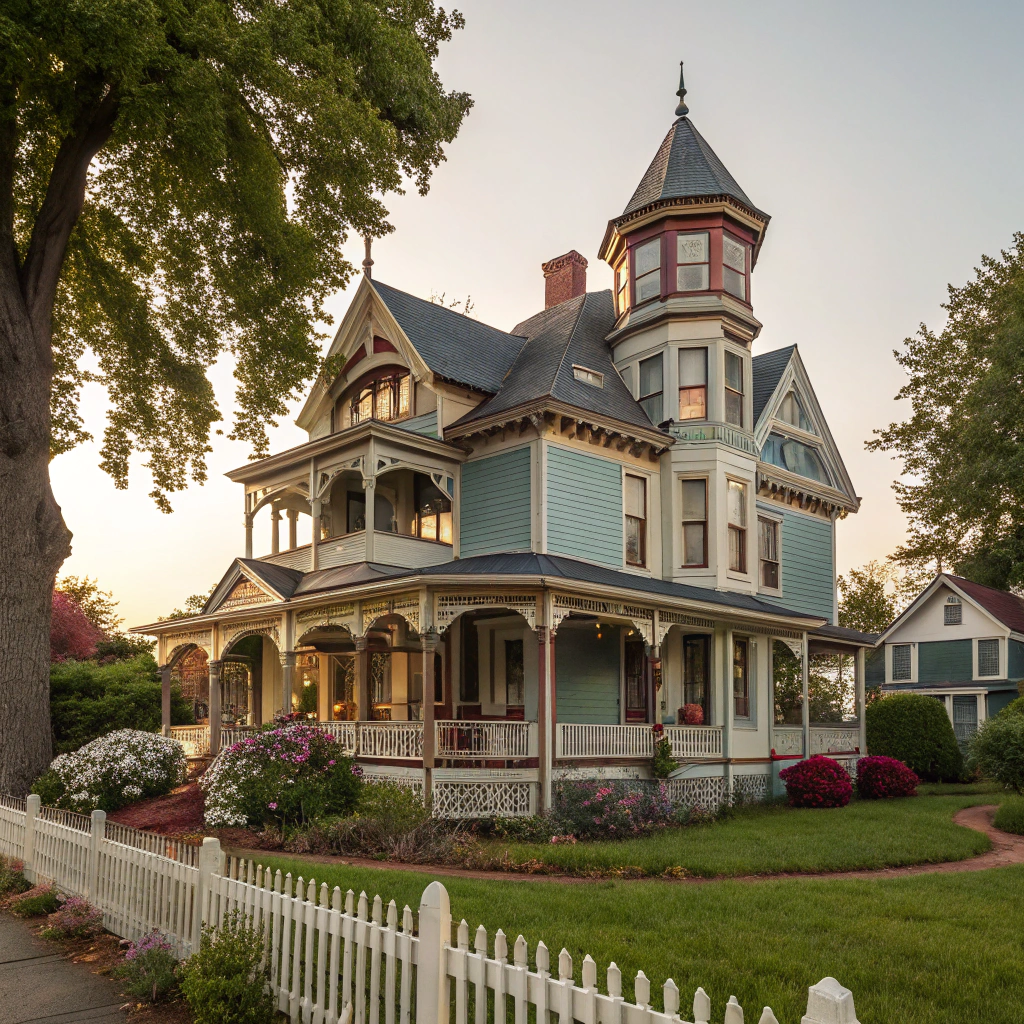
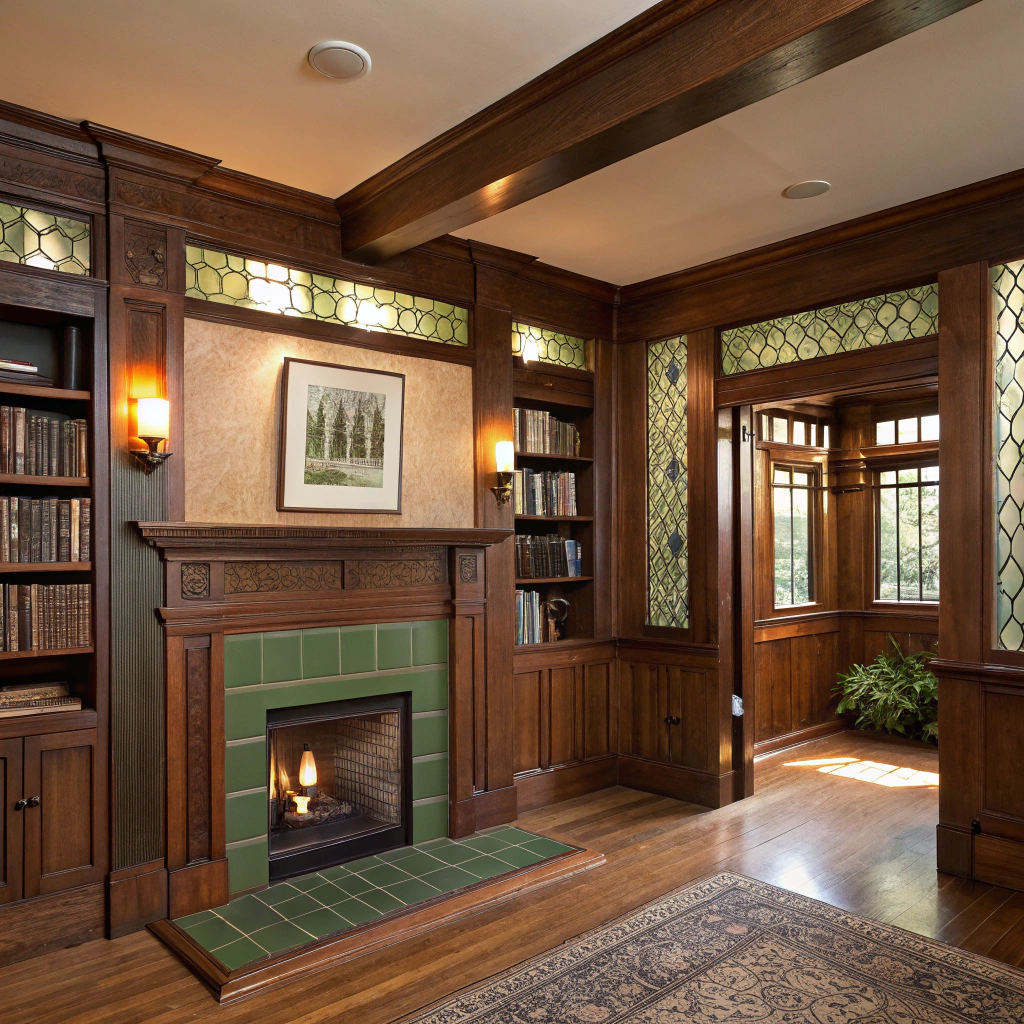
Post Comment
You must be logged in to post a comment.